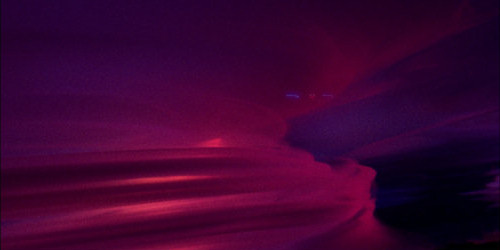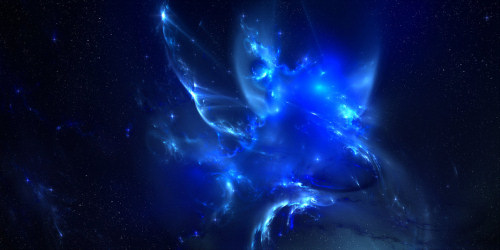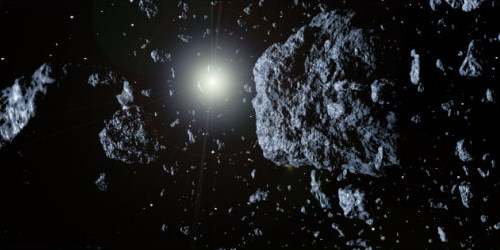04 - Unique Nebulae & Belts
Created by Commander Morgan Tarin on 25 Oct 2023 @ 12:50pm
Table of Contents:
4.1 Paulson Nebula

Name: Paulson Nebula
Type: Class B - H II Region
Subtype: Type 13 - Mutara
Galactic Position: Sector 014 Block 062 Grid 30
Discovered: 2150 by IKS T'j'oH
Age: 1.51 M years
Diameter: 16 ly
Density: 3.86 g/cm3
Temperature: 8,200 K
Luminosity: 0.51 L
Composition: Hydrogen, Helium, Dilithium hydroxyl, Magnesium, Chromium
Color: Red, Pink
4.2 Setisar Nebula

Name: Setisar Nebula
Type: Class D - Reflection Nebula
Subtype: Type 2 - Disruptive
Galactic Position: Sector 024 Block 021 Grid 09
Discovered: 2191 by USS Calypso
Age: 0.77 B years
Diameter: 78 ly
Density: 0.26 g/cm3
Temperature: 2,500 K
Luminosity: 0.19 L
Composition: Hydrogen, Carbon, Iron, Nickel
Color: Blue, Cyan
4.3 Nimbus Asteroid Belt (MU)

Location: Nimbus System
Galactic Position: Sector 053 Block 004 Grid 29
Discovered: 2390 by USS Galileo
Charted: 2390 by USS Galileo
Age: ~220 years
Mass: Various fragments from micrograms to kilotons
Diameter: 0.23 ly
Density: Various
Composition: Primarily metallic - iron, tritanium, cobalt, smaller amounts of trace elements. Unusual duranium signatures have been identified throughout the field.
Total Asteroids: 1,605,624
DESCRIPTION
- Where the Galactic Planet of Peace was once situated, there now remains nothing but a large debris field, the remnants of the once-iconic planet Nimbus. The asteroid field is massive and spans almost a quarter of a lightyear in all directions. The exact circumstances of Nimbus' destruction are not known, but it is obvious the devastation is total and complete.
Categories: Science Manual

